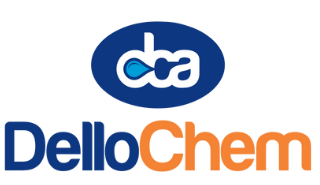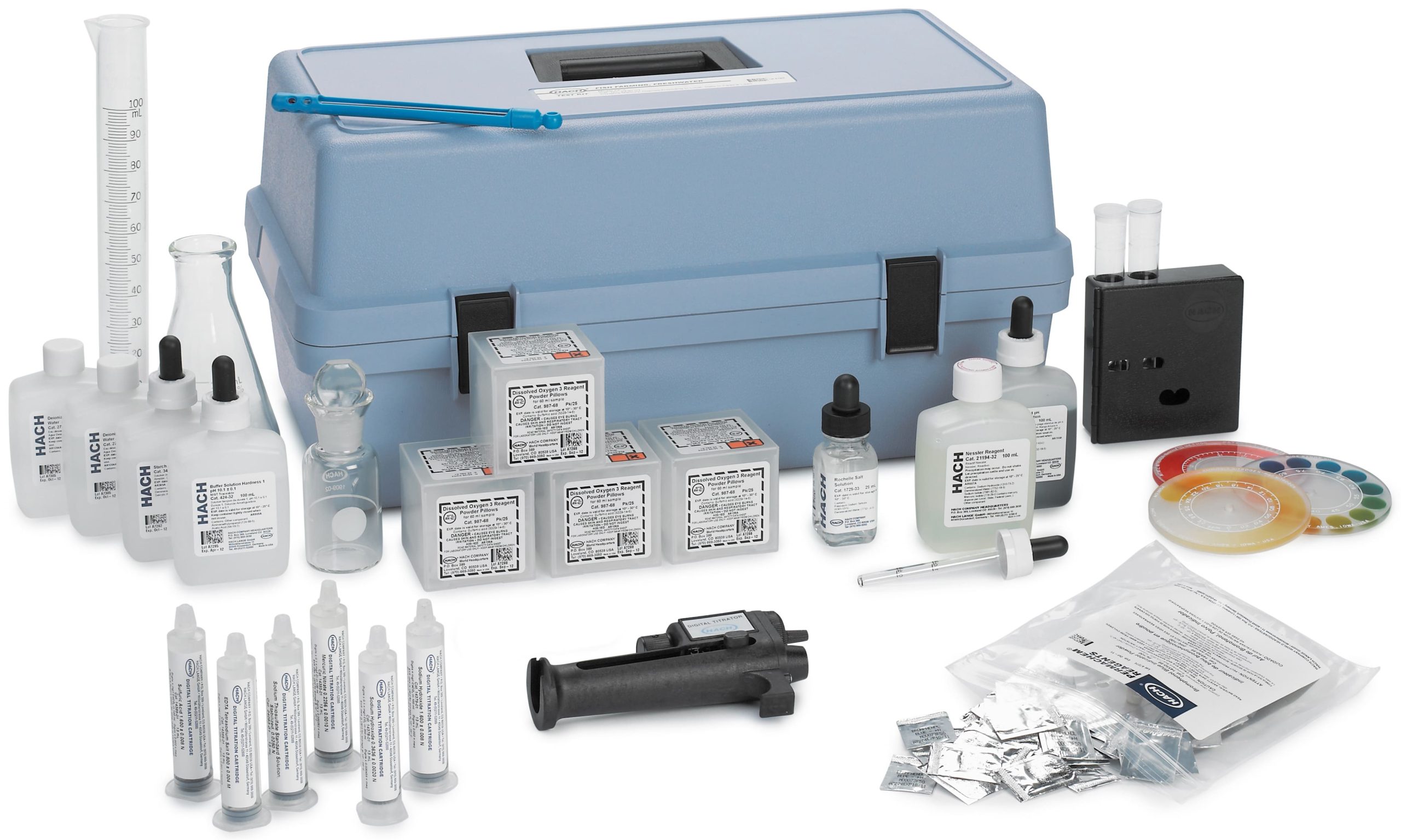In reverse osmosis (RO) systems, effective water treatment is critical to ensuring optimal membrane performance, reducing downtime, and extending membrane life. Untreated water can lead to scale formation, biofouling, and organic and inorganic fouling—all of which can severely impact the efficiency of RO systems. DelloChem Africa Limited provides a comprehensive range of RO system treatment chemicals tailored to combat these challenges, ensuring high-performance operation and water quality.
Our product range includes:
- Antiscalants:
Antiscalants are specialized chemicals that prevent scale deposition on RO membranes by interfering with the crystallization processes of minerals such as calcium carbonate (CaCO₃) and calcium sulfate (CaSO₄). Our antiscalants are formulated with polyacrylic and organophosphonate compounds, which disperse scale-forming ions and inhibit crystal growth. This not only protects the membrane surface from scaling but also promotes consistent water flow and efficient salt rejection. By dosing antiscalants into the feed water, industries can significantly reduce maintenance costs and downtime associated with scale buildup. - Cleaning Chemistry:
Over time, RO membranes can accumulate organic fouling, biofilms, and mineral deposits that reduce performance. Our cleaning chemicals are designed to address both acidic and alkaline fouling. Alkaline cleaners target organic contaminants such as oils, greases, and microbial biofilms. These cleaners contain surfactants and chelating agents that dissolve organic deposits, enhancing the membrane’s permeability. Acidic cleaners, on the other hand, are highly effective for removing inorganic scale and deposits, such as those of calcium and magnesium compounds. By using these specialized formulations periodically, clients can restore RO membranes to peak operating efficiency and prolong their lifespan. - Biocides:
Biofouling is a common issue in RO systems, where bacteria, algae, and other microorganisms colonize and form biofilms on membrane surfaces, impairing water flow and compromising water quality. Our biocides, which include both oxidizing and non-oxidizing formulations, are essential for controlling microbial growth. Oxidizing biocides, such as chlorine dioxide, provide rapid action against a broad range of microbes but require careful dosing to avoid damaging sensitive membrane materials. Non-oxidizing biocides, like quaternary ammonium compounds, work effectively at lower dosages and are ideal for continuous dosing to maintain microbial control over extended periods. - pH Adjusters:
Proper pH control is critical for RO systems, as extreme pH levels can damage membrane materials and reduce overall system efficiency. Our pH adjusters, which include both acid and alkaline formulations, ensure that the feed water remains within an optimal pH range. Acidic solutions, such as sulfuric or hydrochloric acid, are typically used to lower the pH in situations where high alkalinity or carbonate scaling is a concern. Alkaline adjusters, often sodium-based compounds, help to prevent corrosion in systems where low pH is a risk. Proper pH adjustment not only safeguards membrane integrity but also enhances the efficacy of other treatment chemicals, such as antiscalants and biocides, by maintaining an environment conducive to chemical stability and effectiveness. - Defoamers:
In RO systems, foaming can occur due to organic contaminants or excessive microbial activity, which disrupts normal operations and affects downstream processes. Our defoamers are silicone-based or contain other active ingredients that break down foam quickly without affecting membrane performance. These compounds work by reducing surface tension, allowing foam bubbles to collapse, thus restoring a smooth, continuous flow through the system. Defoamers are essential for high-flow RO operations and are effective across a range of water conditions. - Membrane Preservatives:
When RO systems are shut down for extended periods, membranes are at risk of degradation or contamination. Our membrane preservatives are specifically designed for long-term storage and protection. These formulations contain stabilizing agents that prevent microbial growth and chemical oxidation, which can weaken membrane materials over time. By applying membrane preservatives, clients can safely preserve their RO systems during downtime, ensuring membranes are ready for optimal performance upon restart.







Aw, this was a really nice post. In idea I would like to put in writing like this additionally – taking time and actual effort to make a very good article… however what can I say… I procrastinate alot and not at all appear to get one thing done.
https://www.zoritolerimol.com